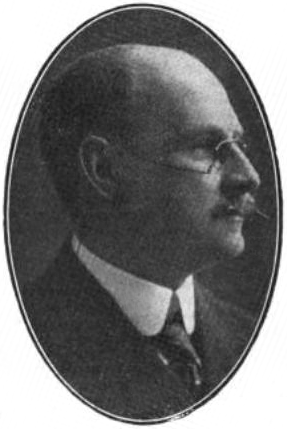
Sir Henry Fowler, was an English railway engineer, and was chief mechanical engineer of the Midland Railway and subsequently the London, Midland and Scottish Railway.
Chief mechanical engineer and locomotive superintendent are titles applied by British, Australian, and New Zealand railway companies to the person ultimately responsible to the board of the company for the building and maintaining of the locomotives and rolling stock. In Britain, the post of locomotive superintendent was introduced in the late 1830s, and chief mechanical engineer in 1886.

The North British Railway was a British railway company, based in Edinburgh, Scotland. It was established in 1844, with the intention of linking with English railways at Berwick. The line opened in 1846, and from the outset the company followed a policy of expanding its geographical area, and competing with the Caledonian Railway in particular. In doing so it committed huge sums of money, and incurred shareholder disapproval that resulted in two chairmen leaving the company.
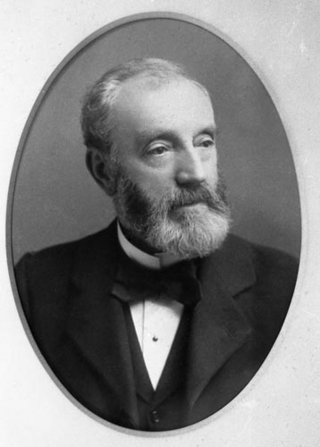
Samuel Waite Johnson was an English railway engineer, and was Chief Mechanical Engineer (CME) of the Midland Railway from 1873 to 1903. He was born in Bramley, Yorkshire and educated at Leeds Grammar School.
William Pickersgill was an English railway engineer, and was chief mechanical engineer of the Caledonian Railway from 1914 until Grouping in 1923. He was appointed locomotive superintendent of the Northern Division of the London, Midland and Scottish Railway but retired in 1925. He died in Bournemouth.

Patrick Stirling was a Scottish railway engineer, and Locomotive Superintendent of the Great Northern Railway of England. His father Robert Stirling was also an engineer. His brother James Stirling was also a locomotive engineer. His son Matthew Stirling was CME of the Hull and Barnsley Railway. Another son, Patrick Stirling played for Doncaster Rovers and was mayor of Doncaster.

Dugald Drummond was a Scottish steam locomotive engineer. He had a career with the North British Railway, LB&SCR, Caledonian Railway and London and South Western Railway. He was the older brother of the engineer Peter Drummond, who often followed Dugald's ideas in his own work.

The Race to the North was the name given by the press to occasions in two summers of the late 19th century when British passenger trains belonging to different companies would literally race each other from London to Edinburgh over the two principal rail trunk routes connecting the English capital city to Scotland – the West Coast Main Line which runs from London Euston via Crewe and Carlisle and the East Coast Main Line route from London King's Cross via York and Newcastle. The "races" were never official and publicly the companies denied that what happened was racing at all. Results were not announced officially and the outcomes have since been hotly debated. In the 20th century there were also occasions of competition for speed on the two routes.
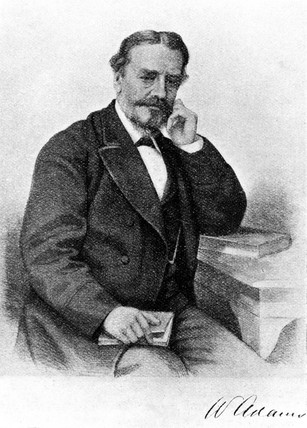
William Adams was an English railway engineer. He was the Locomotive Superintendent of the North London Railway from 1858 to 1873; the Great Eastern Railway from 1873 until 1878 and the London and South Western Railway from then until his retirement in 1895. He is best known for his locomotives featuring the Adams bogie, a device with lateral centring springs to improve high-speed stability. He should not be mistaken for William Bridges Adams (1797–1872) a locomotive engineer who, confusingly, invented the Adams axle – a radial axle that William Adams incorporated in designs for the London and South Western Railway.
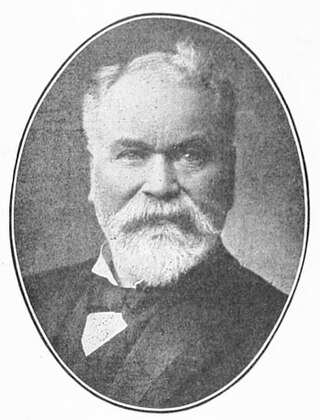
John Farquharson McIntosh (1846-1918) was a Scottish engineer. He was Chief Mechanical Engineer of the Caledonian Railway from 1895 to 1914. He was succeeded by William Pickersgill.

The Caledonian Railway 264 and 611 classes were 0-4-0ST locomotives designed by Dugald Drummond and built by Neilson and Company in 1885. Later examples were built at St Rollox Works under the direction of John F. McIntosh in 1895, 1900, 1902 and 1908.
Lambie is a surname. Articles include:
George Brittain was an English railway engineer, and was Locomotive Superintendent of the Caledonian Railway from 1876 to 1882, between Benjamin Connor and Dugald Drummond.
Edward Wilson was a civil and locomotive engineer, notable for his work on the development of railways in the nineteenth century.
Benjamin Connor or Benjamin Conner was a Locomotive Superintendent of the Caledonian Railway from 1856 to 1876. Connor married Helen Dick and had five children: James, Cristina, Alexander, Benjamin and William.
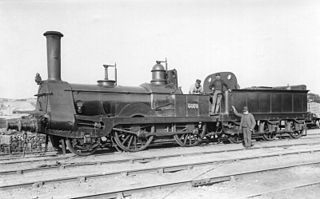
Alexander Allan (1809-1891) was a Scottish mechanical engineer. He was born at Montrose, Angus, in 1809 and died at Scarborough, Yorkshire on 2 June 1891.
Hugh Smellie was a Scottish engineer.
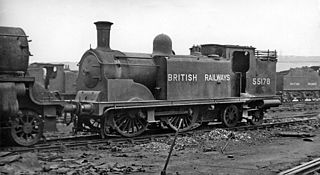
Caledonian Railway 0-4-4T steam locomotives were built for the Caledonian Railway, in Scotland, over many years. Most survived into London, Midland and Scottish Railway (LMS) ownership in 1923 and some into British Railways (BR) ownership in 1948. Designers included Dugald Drummond, John Lambie, John F. McIntosh and William Pickersgill. A development of the Pickersgill design was introduced by the LMS in 1925.

Locomotives of the Caledonian Railway. The Caledonian Railway Locomotive Works were originally at Greenock but moved to St. Rollox, Glasgow, in 1856. The locomotive classes are listed under the names of the railway's Chief Mechanical Engineers.
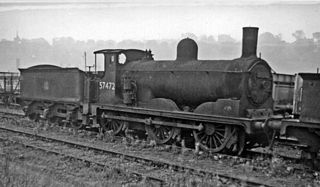
The Caledonian Railway 294 and 711 Classes were 0-6-0 steam locomotives designed by Dugald Drummond for the Caledonian Railway (CR) and introduced in 1883. After Drummond's retirement, construction of the class continued under Smellie, Lambie and McIntosh.













